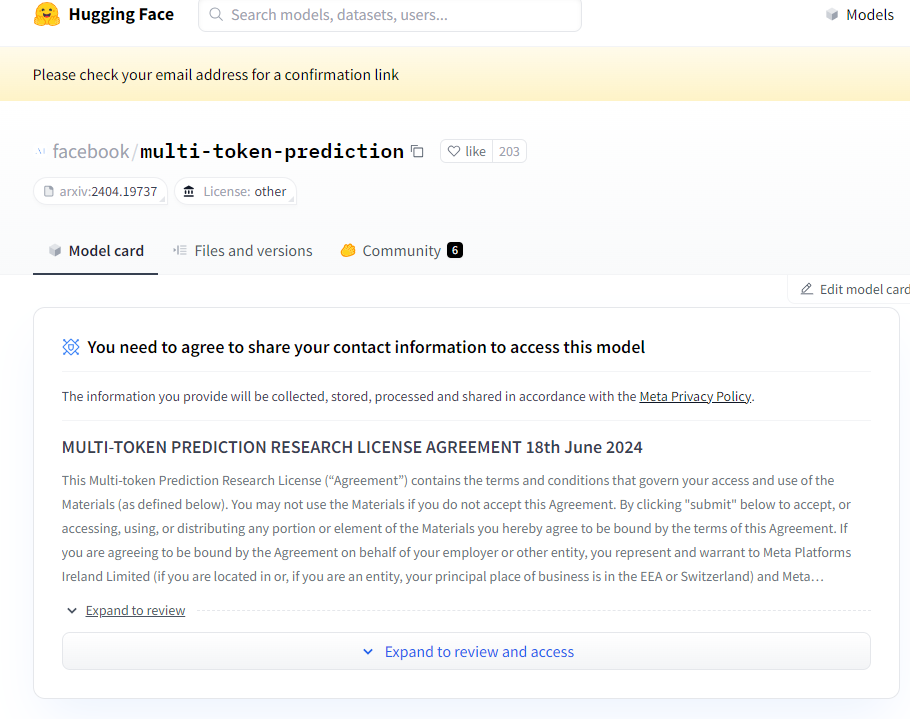Meta's latest breakthrough in the field of artificial intelligence has attracted widespread attention. The company recently released an innovative multi-marker prediction method that promises to revolutionize the way large language models (LLMs) are developed and applied. The introduction of this new approach marks an important step for Meta to improve AI efficiency.

Project entrance: https://top.aibase.com/tool/multi-token-prediction
Unlike the traditional training method that predicts only the next word in a sequence, Meta's new technology requires that the model predicts multiple future words simultaneously. This approach not only hopes to improve the performance of the model, but also significantly shortens the training time. The first proposed technology was in a research paper by Meta in April, demonstrating its innovative potential in the field of AI.
The potential of multi-label prediction methods goes far beyond improving efficiency. By predicting multiple markers simultaneously, these models may have a deeper understanding of language structure and context. This in-depth understanding could lead to significant improvements in multiple tasks ranging from code generation to creative writing, potentially closing the gap between AI and human language understanding.
Meta released the models under a non-commercial research license on the Hugging Face platform, which reflects the company's commitment to open science. At the same time, this is also a strategic move in the increasingly competitive field of artificial intelligence, accelerating innovation and attracting talent through opening up.
The initial version of the multi-marker prediction model focuses on code completion tasks, which reflects the rapid growth of the AI-assisted programming tool market. As software development becomes increasingly closely linked to artificial intelligence, Meta's contribution may accelerate the trend of human-computer collaborative coding and bring revolutionary changes to software development.